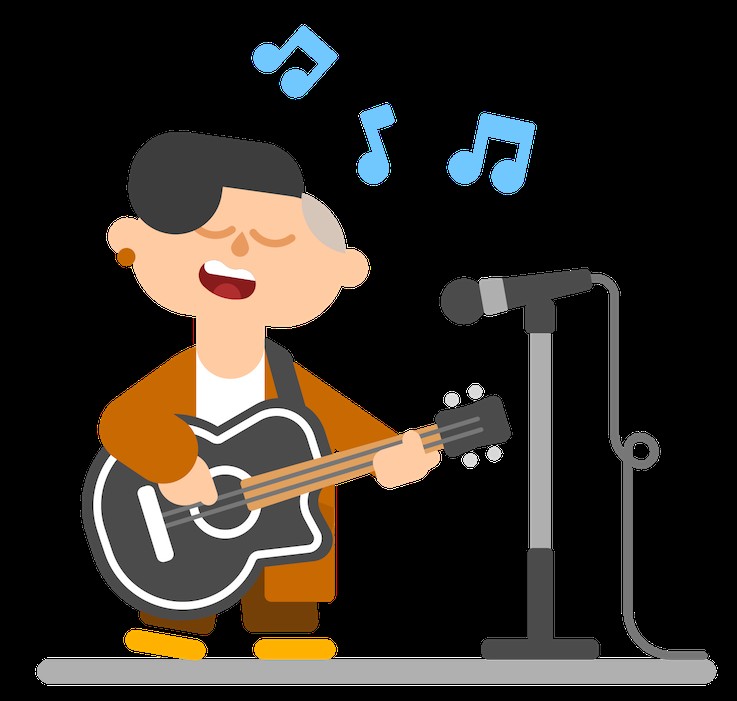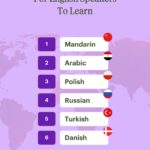Listening to music in a foreign language can be a fun and engaging way to supplement your language learning journey. While it might not replace traditional study methods, incorporating music can significantly enhance your understanding of vocabulary, pronunciation, and cultural context. This article explores how music can aid language acquisition and provides practical tips for creating your own language-learning playlist.
Music’s Cultural Connection
Music offers a unique window into a culture’s past and present. Discovering iconic artists and popular songs from different eras can be like stepping into a time capsule. Want to know what Tokyo sounded like in the 80s? City Pop offers a vibrant snapshot. Similarly, exploring influential musicians from your target language’s culture provides insights beyond textbooks. For instance, delve into the legacy of Chavela Vargas, a legendary Mexican ranchera singer, to understand Mexican musical heritage.
Beyond historical context, music exposes you to current sounds and slang. YouTube is a treasure trove for discovering contemporary artists and genres. You might even stumble upon unexpected fusions, like The Hu, a Mongolian band blending heavy metal with traditional throat singing, who have received national recognition for promoting their language and culture globally.
 Duolingo character Lin on stage playing guitar and singing
Duolingo character Lin on stage playing guitar and singing
Learning a Language Through Song
There’s no single “right” way to learn from music. Whether you pick up new phrases or simply find motivation, it’s a valuable tool. Here are some strategies to maximize your learning:
Choose Music You Enjoy
Learning should be enjoyable. Start with familiar genres. If you dislike ballads in your native language, you likely won’t appreciate them in another. Spotify allows genre and country-specific searches, such as “Chilean Pop.” If you have basic vocabulary, try searching in the target language (e.g., “música chilena”). Pre-made playlists often already exist.
Research the Artists
Once you find appealing songs, research the artists. Understanding their background and influences provides cultural context for their music. This exploration often leads to unexpected discoveries about the community’s history and culture, expanding your musical horizons and playlist. Look for information in both your native language and the target language – even partial understanding helps build vocabulary.
Karaoke Practice
Treat favorite songs like karaoke practice. Study lyrics, rewind to catch missed words, and repeat until you can confidently sing along. This combination of reading and pronunciation reinforces vocabulary and grammar, embedding them in your memory. You’ll likely find yourself singing throughout the day, further solidifying your learning.
Integrate into Your Routine
Add mastered songs to your regular playlist. Repeated listening reinforces learned material and reveals nuances like double meanings or deeper cultural references, enhancing your understanding of the language’s creative potential.
Recommended Listening for Spanish Learners
Explore this Spotify playlist featuring songs beneficial for Spanish language learning: https://open.spotify.com/playlist/0QReNKddCNAoLBgVKr9CHL?si=68376a998e014501&ref=blog.duolingo.com
Some standout tracks include:
-
“Muerte en Hawaii” by Calle 13: This song, by the record-holding Latin Grammy winner, is packed with vocabulary and quirky phrases, similar to Duolingo’s own sentence structures.
-
“Ojalá” by Silvio Rodríguez: This Cuban classic utilizes repetition, aiding comprehension and memorization, particularly for learning the subjunctive mood after “ojalá.”
-
“Nunca es Suficiente” by Natalia Lafourcade & Los Ángeles Azules: The catchy chorus of this cumbia rendition makes it easy to follow and provides an introduction to the genre and both artists.
Create Your Language Learning Soundtrack
Music immerses you in the target language and its culture. It’s a powerful complement to traditional learning, making the process more engaging and enjoyable. So, curate your own language learning playlist and discover the melodic path to fluency.

